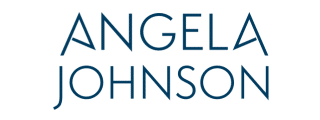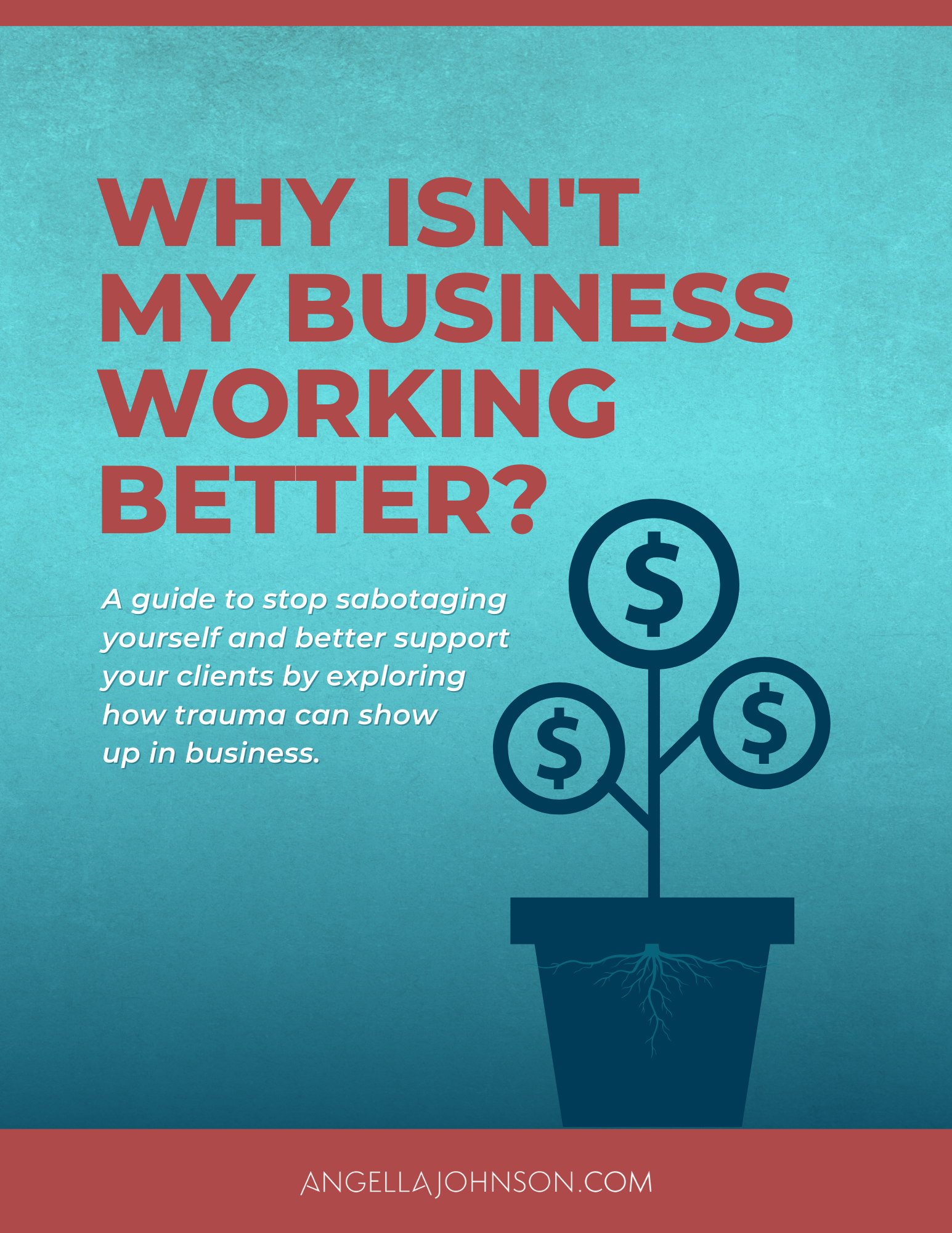In my last newsletter I told you I would share the good news about how live events are making a come-back .
The economy is getting better and this means that more people are traveling and more people are attending live events. If you have plans to host your own live events in 2012, then this could be a very lucrative income stream for you.
If live events are done well, then events are a sure-fire way to position yourself as an expert in your industry. If your live event doesn’t go so well then you will likely not only lose money but lose credibility in a big way.
In this article I’m going to share with you:
- The first decisions you need to make for your event.
- Two event models that will determine your profit risk factor.
- Three speaker models that will help you make a profit and attract professional speakers with a powerful message.
The first decisions you want to make are:
- How many speakers? Is it mainly you speaking? Having a multi-speaker event can be good as long as you make sure you are positioning yourself as the expert and your other speakers compliment your message.
- Where do you want to have your event? A hotel typically requires you to have what is called a food and beverage minimum. Hotels make a lot of mula through their catering. You don’t pay Subway prices for a sandwich for lunch. A box lunch at a hotel starts at $15 (that is low) plus a 21% gratuity and 7% taxes. Catering adds up fast so leverage your food and beverage budget with things like coffee and tea breaks or a cookie break. Give your attendees some perks and you don’t have to focus on providing full meals. If your event includes meals then your ticket price needs to reflect that.Other venue options are community colleges, conference centers, community centers or churches. Always check with your venue about their food and beverage minimums or if they allow outside catering, in addition to their audio visual standards. Some venues require you to use their audio visual department.
Two event models that will determine your profit risk factor:
- Low ticket price means you have higher-end or more than one sales offers during the event.
- Low ticket price attracts more people and if you are just starting out, a lower ticket price is easier.
- Make sure you have control on your speaker’s offers and that they only make a “soft offer” no more than 10% of their total presentation time. You don’t want a big sales pitch disguised as a presentation.
- Higher ticket price means you don’t have as many sales offers from speakers.
- This attracts highly invested attendees, which is always awesome!
- It’s harder to fill seats without a solid reputation of previous events and a big list.
- Events don’t have a high focus on sales during the event, which attendees pay for with their higher ticket price.
A low ticket price is typically $47 to $347. Higher ticket prices are above $350. These are prices from the personal development and business building events in my industry.(These are general numbers and totally vary depending on your industry and where you live.)
Basically events can be a low ticket cost and that means your speakers may have the opportunity to make an offer during their presentation. The bottom line is if you produce events, you have to make your profit from somewhere. Is it the ticket sales or sponsorships? Ticket sales is a big risk and there is less risk if you make your profit from sponsorships.
If you have a higher ticket price to attend the event, then your speakers don’t typically make sales offers during their presentations or if they do then it’s very limited.
Why is this important to look at? Events are dang expensive (if events are well produced and you have perks like great lighting, linens on the tables, photography, professional staff, etc.) A low budget for an event that hosts 100 people is $10,000 per day.
You can do it for less, but this will give you room to have some nice things but not go way overboard. And in some areas or venues this isn’t even a tip of the ice berg. Your budget includes your venue, photography, videography, audio visual, décor, marketing, staff, and much more.
Here are three speaker models to consider if you have outside speakers:
#1. Paid speakers – while this is great for speakers, it may not be so great for event producers. Big names in your industry may attract people to attend your event, but it’s not a gaurantee. If a speaker is paid then they don’t typically have the opportunity to sell anything at the event. It’s one or the other.
In addition to paying for speakers, the event producer typically pays for the flight, lodging and sometimes meals also.
Honestly, I see this model become less popular because when the economy started shifting then budgets for events were cut, which meant companies couldn’t hire speakers with a smaller budget.
The smart paid speakers saw how they could still leverage the opportunity to speaking to a captive audience, which takes me to model #2.
#2. Free Speakers with a Revenue Share – The speaker isn’t paid and the speaker covers their cost to travel to the event. They have an opportunity to make an offer, of which the percentage of sales is split with the event producer. The revenue share is anywhere from 35% to 50% that goes back to the event producer.
The speaker takes a risk because there is no guarantee on what they will sell. The event producer takes a risk because if the speaker doesn’t make money then they just paid for the room, marketing, audio visual, etc. out of their own pocket.
If you choose this model then be sure to have in your contract what the speaker is offering and if there is a minimum of revenue share. If your speaker doesn’t sell anything then you both just lost. Make sure your speakers are not only great on stage with their message but they don’t freeze when it comes to making their offer. Their ability to sell is not only their paycheck but how you pay for your event and ideally make a profit.
#3. Speakers Pay a Sponsorship – this is becoming a more popular model and is actually my preferred model. The speaker is a sponsor and they pay a sponsorship fee for the opportunity to speak.
This also pisses off a lot of paid speakers so bear with me so you can see the whole picture
The benefit of this model is the speaker pays up front and they keep 100% of their sales from the event. It’s like the speaker pays a revenue share but upfront with nothing else to track. This is ideal for speakers who have a powerful message and can sell well from stage. Speakers who like this model know they can make a lot more money leveraging their message this way than as a paid speaker.
The benefit of the event producer is the speaker has equal skin in the game and both parties win. The downside is for new speakers who don’t have a big budget may not have the resources to invest. I’ve seen speaker sponsor models from anywhere from $1,500 to $50,000.
Speakers who are insulted by this model should quite frankly focus on businesses who will pay them. However, they limit their income by only following that model. Speakers who don’t have products or services to sell will not do well with this model for obvious reasons.
Example of a Sponsor Model:
At one of my events this year I had a speaker who sold $30,000 in products at an event. This person was impeccable with their follow up and within 90 days this turned into over $200,000. They know the opportunity of presenting to an invested captive audience is more valuable than what they can get paid for through a speaker’s fee.
If you are a speaker then make sure you understand the complete opportunity before declining a no-paid or sponsorship model. You may be turning away $200,000 in sales. A few tips: work with the event producer to understand the audience and their buying patterns. It’s usually a wise idea to create a custom offer for that particular audience.
A couple of event resources:
Presentations That Rock:
If you want to nail down a killer presentation and rock it on stage, then talk to Kristin Thompson at Speak, Grow, Serve. She will be speaking on this very topic at my live event, Ignite Your Spark, on March 15, 16 and 17. Her workshops and VIP days to develop your signature speeches that sell are top notch! I can’t wait to see her in March and do some work with her myself in 2012.
Event Planner :
If you are going to do an event then get an event planner. Period. For all of you do-it-yourselfers out there STOP doing this part yourself. Have Christi Richards of Transcend Events do your venue negotiation, AV orders, catering decisions, room layouts, registration and more. You’ll literally save thousands of dollars and hundreds of hours.
Event VIP Day:
If you want to have a powerful and profitable event to build your brand, get butts in seats to share your message, contact me for an event VIP day. I only have a few days left from January to June 2012 for these types of VIP days. Having a strategy and knowing EXACTLY how to host your event so you can share your message with a captive audience AND make a sizable profit is at stake. You can schedule a free 30-minute consultation here to see if a VIP day is a good fit or not.
Videographer:
If you are in Utah the best videographers I’ve ever used is Pointe Digital. Talk to my buddy Davey about their promotional video special he has just for my peeps. (Normally a promo video with professional footage is $1,000, for my peeps it’s $500.)
You can check out my two annual events here:
Ignite Your Spark – March 15, 16 and 17, 2012
Thrive Business – October 2012

